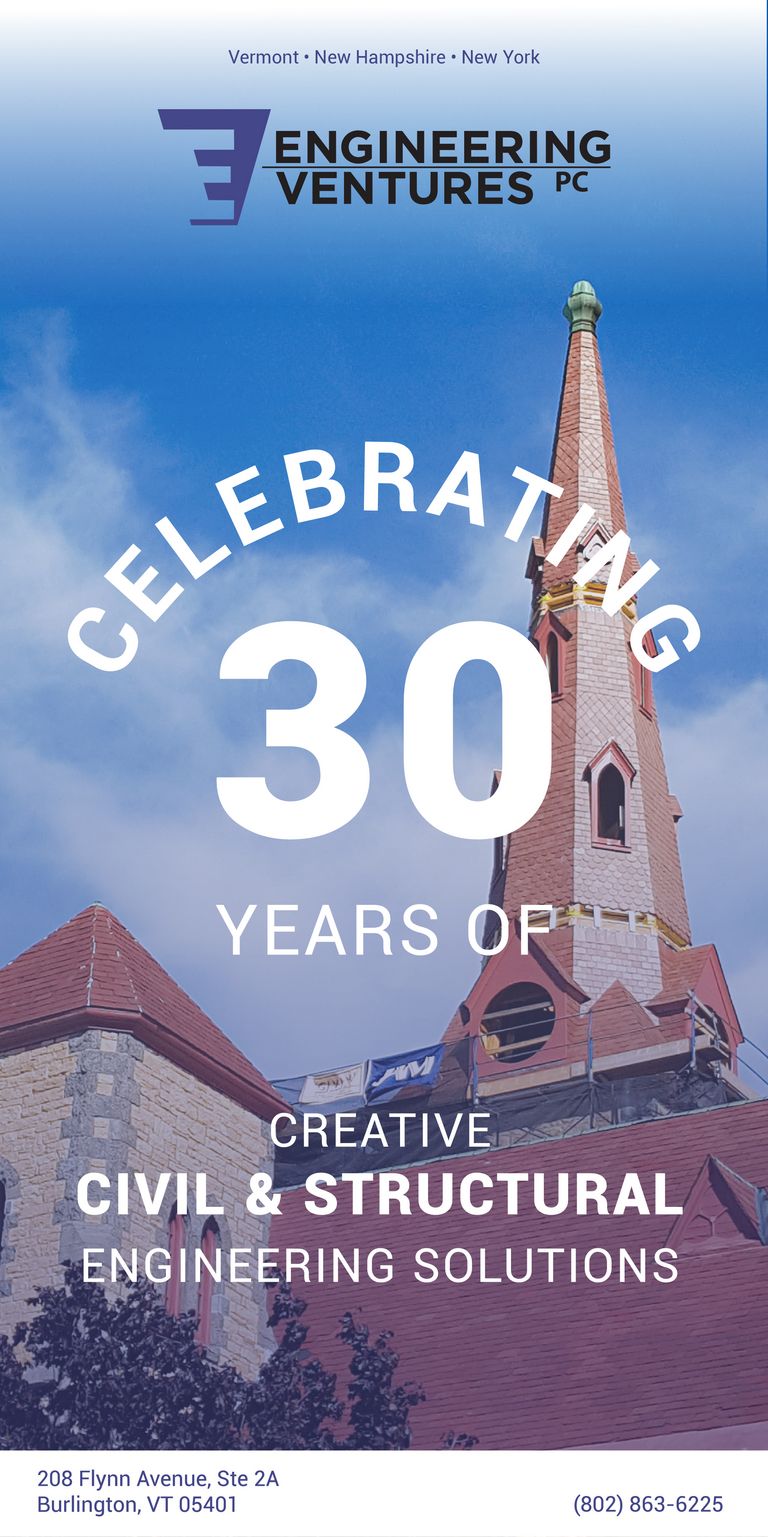Gaining Real-Life Design Experience as a Student: My Trip to Tanzania to Grow a Sunflower Oil Facility
By GianCarlo Greco
Note: This past spring, AIA Vermont awarded stipends of $200 each to two Norwich University architecture students for the purposes of educational travel. A provision of receiving the stipends was the promise to report on the travel experiences for AIAVT News. One such report, provided by Giancarlo Greco, a student from Littleton, Massachusetts due to begin a master’s thesis in the fall, appears below.
I first want to thank AIAVT for supporting my recent trip to rural East Africa and helping me to have such a great opportunity. I feel that I can now approach life with more wisdom, flexibility, and joy. I’m also sure I’ve grown to be a better designer through this travel experience.
The narrative of settlement—how people form relationships and create community—has been a strong interest of mine in recent years. I've seen coastal villages in the Philippines, urban hubs of modern day creativity in Hamburg and Oslo, and cities full of old buildings and history such as Prague and Nuremberg. All of these experiences have helped me to better contextualize my existence in my own community as well as on the planet. My trip this past May to the town of Pommerin, Tanzania was no exception. Including pumping water from a well, dragging rebar for a mile, and mixing concrete by hand, this experience helped me to have greater appreciation for my own opportunities and gain inspiration from the hope of the Pommerin people.
In my time here, I worked alongside another architecture student to produce schematic design for a sunflower oil manufacturing facility. We worked in close collaboration with two leaders of a local nonprofit organization, Upendo Mmoja, which focuses on improving the lives of the people and the community of Pommerin. We had numerous meetings with the different stakeholders to be involved in the sunflower production process, including Pommerin villagers, government officials, and a local builder. Everyone confirmed—with great enthusiasm and even, occasionally, song and dance—the great opportunities offered by this endeavor. By constructing a facility that has the machinery to press and filter the oil, the locals will be encouraged to grow sunflowers. This, in turn, will spark economic development; sunflower oil is the primary oil used for cooking in the region, yet currently the oil is imported. The income generated through this sunflower oil industry is expected to help support the orphaned children who live at the Upendo Mmoja Center.
I was able to help on the construction of another building at the Upendo Mmoja Center: a carpentry and craft workshop. Passing bricks and mortar with local workers gave me an appreciation for their ingenuity in building. This helped me to better understand the methods of construction and inform the design work I will be doing in the fall, while back at school, to refine the initial draft. (The final design will be finished by Thanksgiving.) I observed as much as I could about local buildings, and listened to stories and explanations about their construction. Most of the buildings in Pommerin have wood trusses on top of structural brick walls; the roofing is either corrugated metal or thatch. Other structures use more of an adobe system of just building the walls up with mud rather than bricks.
As one might expect from a rural African village, there aren't many building codes in Pommerin. Lines are rarely straight. And one building at the Upendo Mmoja Center was built backwards! One might even say there isn't “real architecture” in Pommerin. But there is a community: of people full of joy for their present and hope for their future. I hope my time spent on the sunflower oil project will lead to a more vibrant future for the Pommerin residents.
Thanks again for your support, AIAVT!









